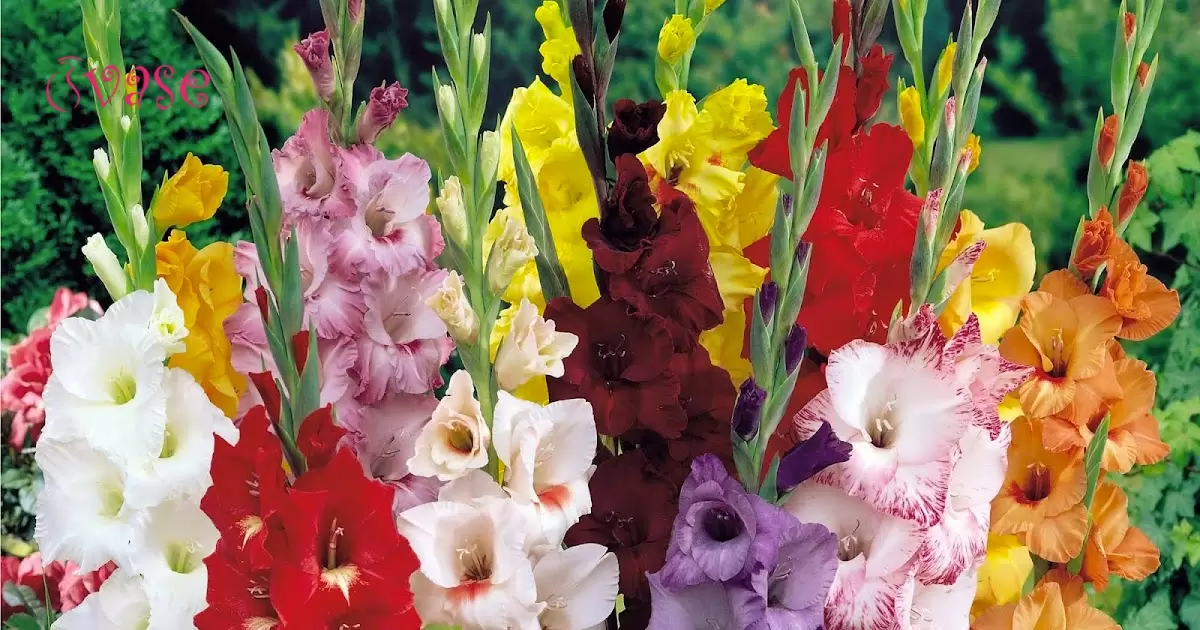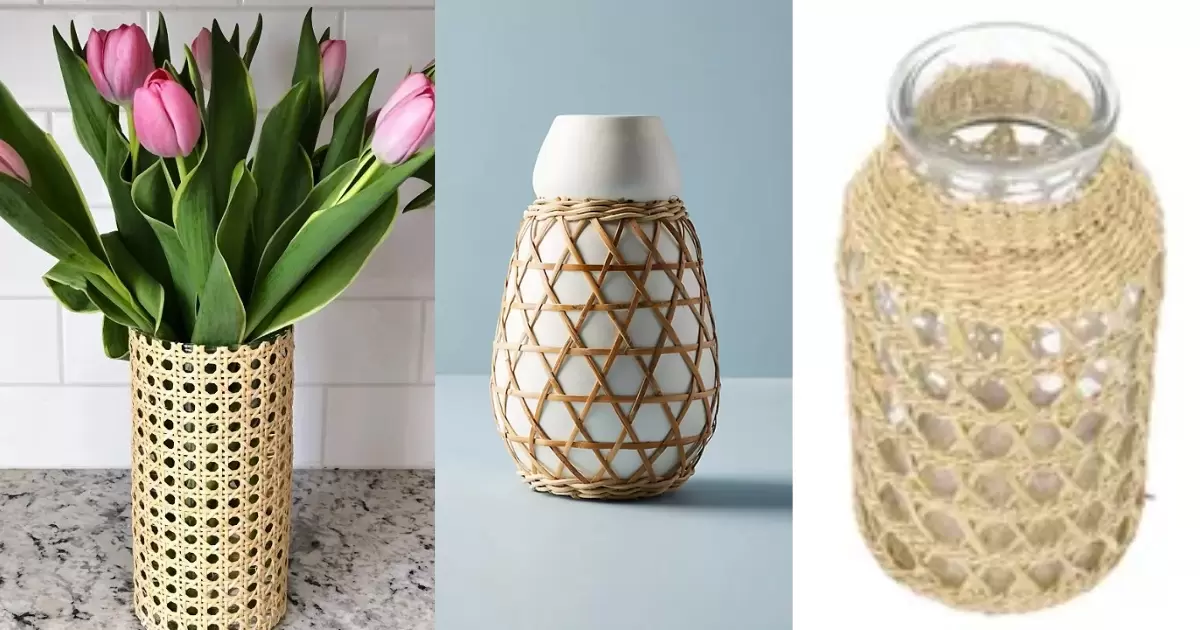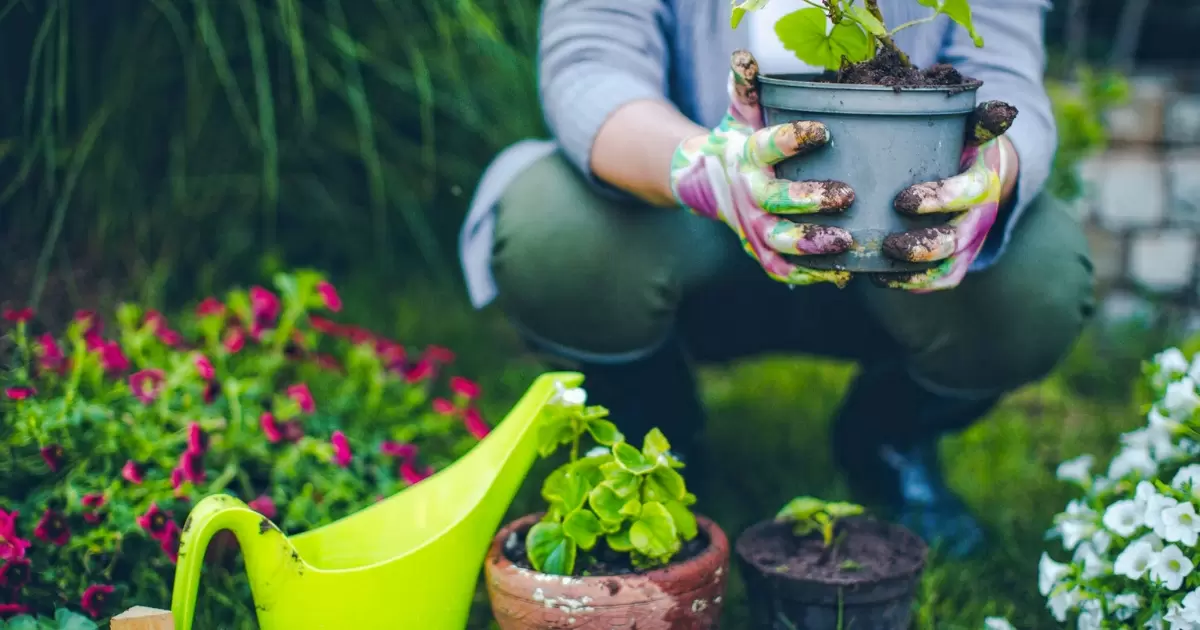Gladioli are striking summer-blooming flowers that grow from bulbs. To grow gladioli, first select a sunny spot with well-drained soil to plant them. Gladioli bulbs should be planted in the spring once the ground warms. Space the bulbs 4 to 6 inches apart and 5 to 6 inches deep. Water gladioli plants regularly, especially during dry periods, soaking the soil deeply each time.
These flowers make quite a statement. Gladioli boasts tall, dramatic flower spikes that rise high above many other garden plants. Their sword-shaped leaves and showy blooms attract attention wherever they grow. But how to look after gladioli flowers? From planting the bulbs correctly to providing ideal growing conditions all season, certain tips help ensure success with gladioli.
After the plants fade in fall, dig up the bulbs to store in a cool, dry spot over winter before replanting them the next spring. Propagating gladioli from seeds is an alternative method. Stake the plants once they reach 10 to 12 inches to support the tall stems. Deadhead spent gladioli flowers to encourage more blooms. With proper care, gladioli will reliably return and flower year after year.
Understanding Gladioli Planting
When planting gladioli, choose a sunny spot in your garden with well-draining soil. These vibrant flowers thrive in full sunlight, so find a location that receives at least six hours of sunlight each day. Make sure the soil is loose and not waterlogged to prevent bulb rot.
To enhance the fragrance of your garden, consider incorporating lavender. Follow these 4 Easy Steps for Drying Lavender to preserve its aromatic essence. First, plant the gladioli bulbs about 4-6 inches deep, ensuring a spacing of around 6 inches apart. If cultivating multiple gladioli, maintain a minimum distance of 12 inches between rows.
Choosing the Right Location
Selecting the right location for your gladioli is crucial for their success. Opt for areas sheltered from strong winds, as these flowers can be top-heavy and may need support. Good air circulation is essential to preventing diseases.
If you're planting gladioli in pots or containers, ensure they have drainage holes to prevent waterlogging. Consider adding organic matter to the soil before planting to provide essential nutrients. With the right planting and location, you'll enjoy a stunning display of gladioli blooms in your garden.
Caring for Gladioli Watering
Gladioli thrive in well-drained soil. Water them consistently to keep the soil evenly moist but not waterlogged. During the growing season, provide about 1 to 1.5 inches of water per week, either through rainfall or manual watering. Be mindful not to splash water on the foliage, as this can lead to diseases.
Supporting Gladioli
Support your gladioli to prevent bending or breaking the tall flower spikes. Install stakes or use support grids early in the growing season, securing them firmly in the ground. As the plants grow, gently tie them to the supports using soft twine or gardening clips.
This extra support ensures the elegant gladioli blooms stand tall and proud, enhancing the overall beauty of your garden. Regularly check and adjust the ties as needed throughout the growing season to provide reliable support.
Drying and Overwintering Gladioli: A Step-by-Step Guide
Once the flowers fade and the foliage dies back in fall, it's time to dig up gladioli bulbs. Use a garden fork to gently lift them, then allow them to dry for a few hours before cleaning. Follow these simple steps for successful gladioli drying and overwintering, ensuring vibrant blooms year after year.
Harvesting Gladioli
- Wait until the flowers are fully open.
- Use a sharp knife to cut the stems about 2 inches above the corms.
Cleaning the Corms
- Gently shake off excess soil.
- Trim the roots and remove any damaged corms.
Curing Process
- Let corms dry in a cool, dry place for 2-3 weeks.
- Ensure good air circulation to prevent mold.
Removing Foliage
- Once cured, cut off the dried foliage.
- Keep only healthy corms for overwintering.
Storage Preparation
- Place corms in a mesh bag or paper sack.
- Store in a cool, dark place with low humidity.
Inspecting for Pests
- Check corms for signs of pests.
- Discard any infested corms to prevent their spread.
Overwintering Location
- Choose a frost-free location for winter storage.
- The ideal temperature is around 35–45°F (1–7°C).
Spring Replanting
- Inspect the corms again before replanting.
- Plant in well-draining soil for the next season's bloom.
Optimizing Growth: Feeding and Mulching Gladioli
|
Aspect |
Brief Description |
|---|---|
|
Feeding Schedule |
Use balanced fertilizer. Start at shoot emergence. Repeat every 2-3 weeks until flowering. Cease during blooming. |
|
Fertilizer Type |
Opt for high-phosphorus fertilizer; consider slow-release options. |
|
Mulching Benefits |
Apply 2-3 inches of organic mulch for moisture, weed control, and added nutrients. |
|
Mulching Application |
Apply after spring soil warming. Leave stem gap to prevent rot. Replenish as needed. |
|
Watering Practices |
Water deeply when soil is dry, avoiding waterlogged conditions. Reduce post-flowering for corm maturation. |
Propagating Gladioli: Seeds, Cormlets, and Maintenance
To make more gladioli, you've got options. First, use seeds. When flowers are done, grab mature seeds. Plant them inside in spring and put them outside when frost isn't a threat. Another way is through cormlets.
Let them grow after they flower. When dormant, split them from the main corm. Plant in good soil, and new growth will follow. Maintenance is key. Check for pests and diseases often. Snip off wilted flowers for continuous bloom. Support tall types so they don't bend.
Frequently Asked Question
What are the best practices for planting gladioli?
Best practices for planting gladioli include planting bulbs 4-6 inches deep, spacing them 6 inches apart, and maintaining a minimum of 12 inches between rows for proper growth.
How do you care for gladioli during the growing season?
To care for gladioli during the growing season, ensure regular watering to keep the soil consistently moist and provide support, like stakes, for the tall flower spikes.
What are the common pests and diseases that affect gladioli?
Common pests and diseases that affect gladioli include thrips, aphids, and diseases like rust or fusarium wilt. Regular inspection and appropriate treatments, such as insecticidal soap or fungicides, can help manage these issues.
Do gladiolus like sun or shade?
Gladiolus plants prefer full sun. They thrive in locations with at least 6–8 hours of direct sunlight each day, which helps promote healthy growth and vibrant flower production.
Conclusion
Cultivating a fragrant garden can be achieved effortlessly by incorporating lavender. Follow the straightforward steps outlined for drying lavender to preserve its aromatic allure. Plant gladioli bulbs at the recommended depth and spacing for optimal growth.During the growing season, prioritize proper care by watering gladioli generously and maintaining consistently moist soil.
Providing adequate support, such as stakes, ensures the tall flower spikes remain upright. Embrace these practices to enjoy a vibrant and flourishing gladioli display in your garden. Be mindful of potential challenges, including pests like thrips and aphids, as well as diseases such as rust or fusarium wilt.
.png)












